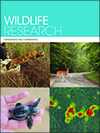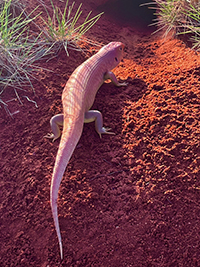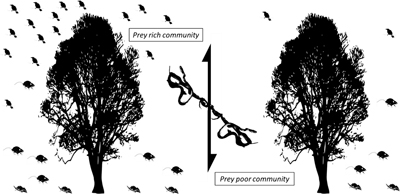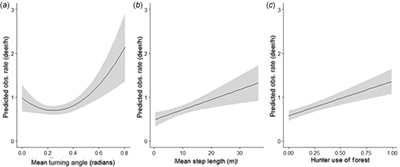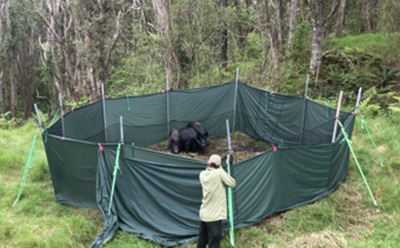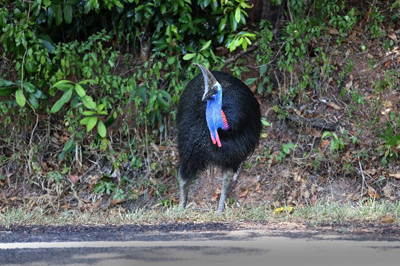Aerial operations to remove invasive species are increasingly common and can be highly effective towards reducing damage and disease threats to anthropogenic resources and native biota. This study compared a variety of shotshells used during aerial operations to optimize lethality and overall effectiveness of removal efforts. We recommend maximizing the number of pellets delivered downrange within limited distances at which sufficient energy is retained to maximize penetration and lethality. Photograph by Michael Lavelle.
WR24150 Abstract | WR24150 Full Text | WR24150PDF (1.8 MB) Open Access Article


